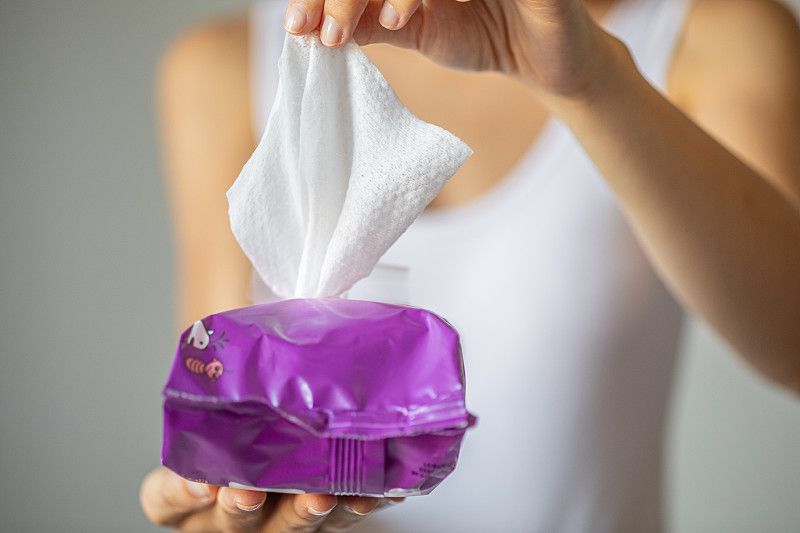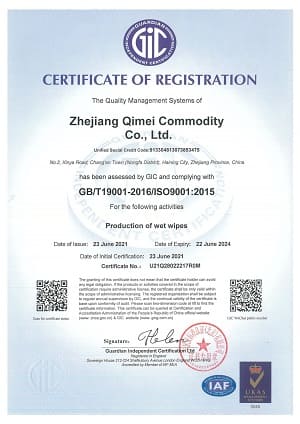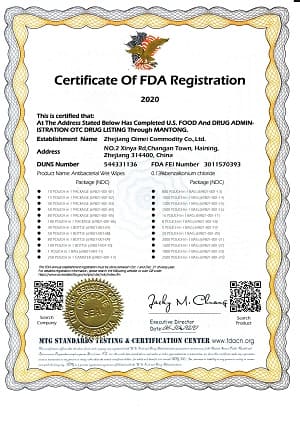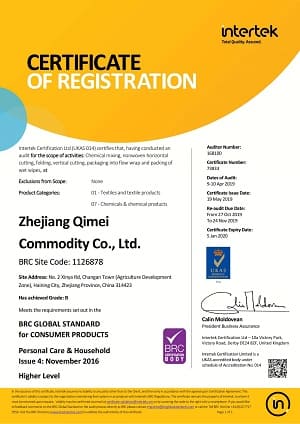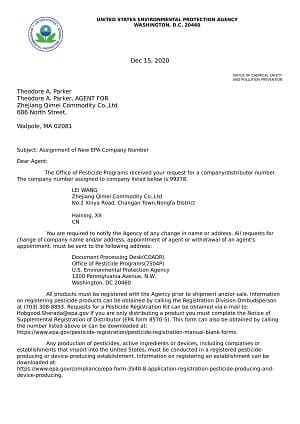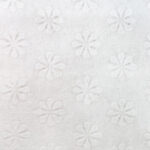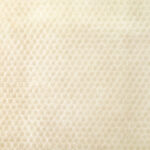Spunlace onwoven Tipo de tela: poliéster, material de mezcla de poliéster y viscosa, fibra de bambú, pulpa de madera (lavable), algodón o fibra de soja (biodegradable)
Plano o texturizado (su propio LOGOTIPO está disponible)
Peso: 30-80 g/m²
1/10/30/80/100/120/160 uds/paquete
El tamaño de las toallitas sin perfume puede variar según el fabricante y el uso previsto de las toallitas. Las toallitas sin perfume pueden variar desde toallitas pequeñas de un solo uso diseñadas para limpiar áreas pequeñas como la cara o las manos, hasta toallitas más grandes y multiusos diseñadas para limpiar superficies más grandes como encimeras o pisos.
Las toallitas sin perfume de un solo uso suelen ser de tamaño más pequeño, desde unos pocos centímetros cuadrados hasta unos pocos pies cuadrados, mientras que las toallitas multiusos más grandes pueden tener varios pies de largo y ancho.
El tamaño de las toallitas sin perfume también puede verse influenciado por el embalaje. Las toallitas de un solo uso a menudo se empaquetan en paquetes pequeños e individuales que se pueden llevar fácilmente en un bolso o bolsillo, mientras que las toallitas de uso múltiple más grandes a menudo se empaquetan en botes o bolsas resellables para facilitar su almacenamiento y uso.
1. Bolsa plástica resellable: este es el tipo más común de empaque de toallitas húmedas. Está hecho de plástico y tiene una tira resellable en la parte superior para mantener las toallitas húmedas y frescas.
2. Envase con tapa abatible: este tipo de envase consiste en un envase de plástico con una tapa abatible que se puede abrir y cerrar para acceder a las toallitas.
3. Paquete blando con tapa abatible de plástico: Similar al contenedor con tapa abatible, este empaque viene en un paquete blando y tiene una tapa abatible de plástico para facilitar el acceso.
4. Dispensador emergente: este tipo de empaque cuenta con un mecanismo dispensador emergente que saca una toallita a la vez.
5. Paquete de viaje: un paquete pequeño diseñado para usar sobre la marcha, a menudo viene con un cierre de presión de plástico.
6. Empaque de un solo uso: estas toallitas húmedas vienen en paquetes pequeños sellados que son convenientes para viajes o actividades al aire libre.
7. Bolsa de recarga: este empaque de mayor tamaño está diseñado para recargar otros recipientes de toallitas húmedas y, por lo general, tiene una abertura que se puede volver a sellar.
La formulación de las toallitas sin perfume puede variar según el uso previsto de las toallitas y el fabricante. Sin embargo, en general, las toallitas sin perfume están formuladas sin fragancias ni aromas añadidos y, a menudo, están diseñadas para ser suaves y no irritantes para la piel.
Las toallitas sin perfume se pueden fabricar con una variedad de materiales, incluidos papel, tela o fibras sintéticas. El tipo de material utilizado puede afectar la textura y la eficacia de la toallita.
Para la higiene personal y las toallitas húmedas para bebés, la formulación puede incluir agentes de limpieza suaves, como agua y tensioactivos suaves, para ayudar a eliminar la suciedad y las impurezas de la piel. Algunas toallitas sin perfume también pueden contener agentes humectantes, como aloe vera o glicerina, para ayudar a hidratar y calmar la piel.
Para las toallitas de limpieza doméstica, la formulación puede incluir agentes de limpieza, como tensioactivos y disolventes, para ayudar a eliminar la suciedad y las manchas de las superficies. Algunas toallitas limpiadoras sin perfume también pueden contener desinfectantes o agentes desinfectantes para ayudar a matar bacterias y virus.
Buenas prácticas de fabricación (GMP): GMP es un conjunto de pautas que garantizan que los productos se fabriquen de manera consistente y cumplan con los estándares de calidad. Las agencias reguladoras de muchos países suelen exigir el cumplimiento de las BPF.
Regulaciones de la Agencia de Protección Ambiental (EPA): en los Estados Unidos, las toallitas sin perfume que se comercializan como desinfectantes están sujetas a las regulaciones de la EPA. Estas regulaciones requieren que los fabricantes registren sus productos ante la EPA y garanticen que cumplan con estándares específicos de eficacia y seguridad.
Regulaciones de la Unión Europea: En la Unión Europea, las toallitas sin perfume están sujetas a varias regulaciones, incluida la regulación de Registro, Evaluación, Autorización y Restricción de Productos Químicos (REACH) y la Regulación de Productos Biocidas (BPR). Estas regulaciones exigen que los fabricantes registren sus productos y demuestren su seguridad y eficacia.
Certificaciones de la Organización Internacional de Normalización (ISO): las certificaciones ISO, como ISO 9001 e ISO 13485, son estándares reconocidos internacionalmente que demuestran el compromiso de un fabricante con la gestión de calidad y la seguridad del producto.
Hojas de datos de seguridad (SDS): los fabricantes deben proporcionar hojas de datos de seguridad para sus productos. Estos documentos contienen información sobre los ingredientes, los peligros potenciales y los procedimientos de manipulación segura del producto.
